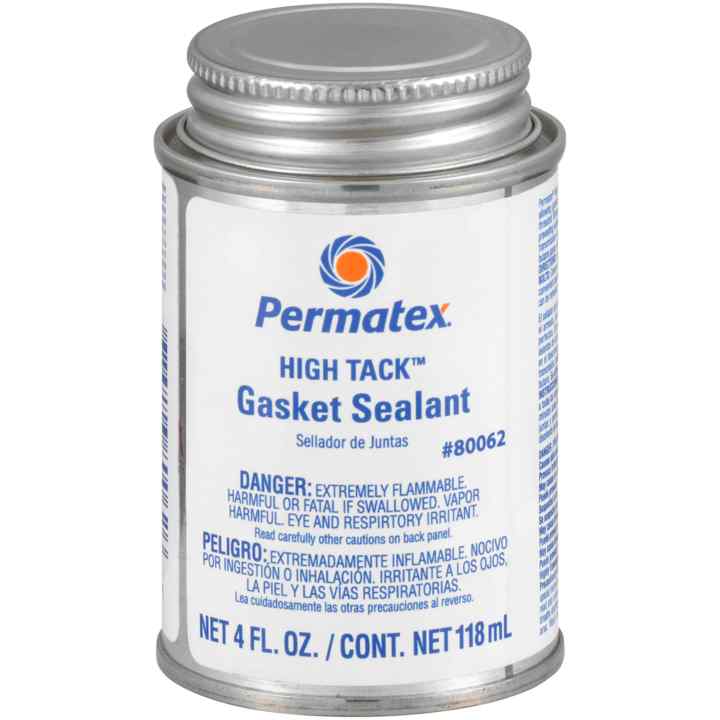I got a tear in the lower radiator hose that I replaced. I use the original spring clamp for the bottom connection to the radiator. The bottom of the radiator connection is plastic so the nipple did not have any corrosion. I used a small amount of wd-40 to help slide the new hose over the fitting. There is a small "stop" on the radiator so you know how far in to put the hose over the fitting. After putting the spring clamp in place, there is a small leak from the connection. I have tried putting the clamp in different places of the hose to try to get a seal but it still leaks a little. I noticed when it heats up or when Im driving, there isnt a leak. Its not until the engine starts to cool again that the leak starts again.
I read that putting the spring clamp in the exact same place as it was before on the hose makes sure there is a proper seal. The problem is, this is a new hose and there isnt an indentation from the spring clamp to match up with. I've tried putting the clamp near the edge of the hose, near the nipple and inbetween them and that still leaks. Will the leak stop over time? I'm hoping that the expansion and contraction of all the connections eventually will "seat" itself and make a good seal eventually.
I'm hoping I'm not the only one that is experiencing this. Any help would be appreciated.
I read that putting the spring clamp in the exact same place as it was before on the hose makes sure there is a proper seal. The problem is, this is a new hose and there isnt an indentation from the spring clamp to match up with. I've tried putting the clamp near the edge of the hose, near the nipple and inbetween them and that still leaks. Will the leak stop over time? I'm hoping that the expansion and contraction of all the connections eventually will "seat" itself and make a good seal eventually.
I'm hoping I'm not the only one that is experiencing this. Any help would be appreciated.



